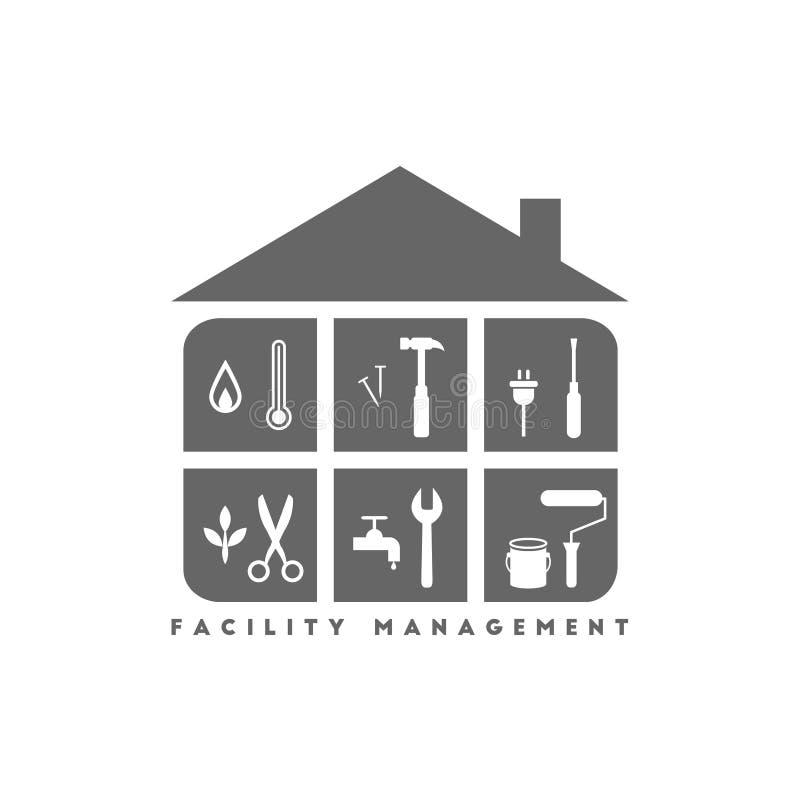Leading Advantages of Total Facility Management for Streamlined Procedures
Total Facility Management (TFM) represents a calculated method to enhancing functional effectiveness by incorporating different solutions, such as maintenance and security, under a unified management structure. The inquiry remains: what certain advantages can organizations harness from taking on TFM, and how might these advantages change their operational landscape?
Improved Operational Effectiveness
Improved operational effectiveness is a key benefit of applying total facility management (TFM) strategies. TFM incorporates an extensive strategy to managing a center's sources, processes, and facilities, inevitably streamlining operations. By combining various services-- such as maintenance, cleansing, room, and safety and security management-- TFM minimizes redundancies and enhances sychronisation amongst various operational features.
The integration of technology further magnifies this performance. Advanced facility management systems offer real-time data analytics, allowing facility managers to make educated decisions that enhance process and resource appropriation. Anticipating upkeep strategies, for instance, prepare for tools failings before they happen, minimizing downtime and expanding property lifespan.
Additionally, TFM promotes standard procedures across different divisions, guaranteeing consistency and high quality in solution shipment. This harmony lowers functional disturbances and cultivates an extra collective functioning atmosphere. Therefore, employees can focus on their core obligations, driving productivity and enhancing total efficiency.

Cost Decrease and Cost Savings
Executing total facility management (TFM) not just increases operational efficiency yet likewise significantly adds to set you back decrease and savings. By combining numerous services under a single management framework, organizations can get rid of redundancies and simplify processes, thus lowering operational expenses. TFM makes it possible for better procurement methods, permitting companies to discuss bulk acquiring arrangements with providers and company, causing reduced costs.
Moreover, TFM highlights preventative upkeep, which minimizes unexpected breakdowns and expands the lifespan of important devices. This positive strategy not only reduces repair work prices however additionally enhances the integrity of facilitiess, ensuring continuous procedures. In addition, energy effectiveness efforts, often a vital focus of TFM, result in significant cost savings on energy costs, as facilitiess are enhanced for minimized energy usage.
Improved Resource Management
Effective source management is a keystone of total facility management (TFM), enabling organizations to optimize using their possessions and labor force. By implementing TFM techniques, companies can thoroughly assess their resource appropriation, ensuring that every asset is used successfully and effectively. This holistic technique permits the identification of underperforming resources and the possibility for reallocation or improvement.
Additionally, TFM assists in the assimilation of modern technology for real-time tracking of resources, which aids in predicting maintenance needs and stopping expensive downtime. By leveraging information analytics, companies can make enlightened choices concerning source deployment, ultimately improving performance and lowering waste.
Additionally, TFM advertises a culture of continuous improvement, urging groups to routinely assess and improve their resource management practices. Total Facility Management. This aggressive stance not just reduces operational interruptions yet additionally fosters advancement, as employees are equipped to recommend improvements based on their direct experiences with resource use
Streamlined Interaction Channels
In total facility management, streamlined interaction channels play a crucial function in fostering partnership and efficiency throughout teams. Reliable communication makes sure that all stakeholders, including facility supervisors, maintenance team, and company, are lined up with organizational objectives and functional demands. By establishing clear lines of interaction, teams can swiftly deal you could check here with concerns, share updates, and apply services, consequently lessening downtime and improving productivity.
With streamlined interaction systems, information is easily accessible, enabling real-time updates on upkeep demands, resource appropriation, and task timelines. This openness not just lowers misconceptions yet additionally encourages staff members to make enlightened choices swiftly. In addition, structured interaction promotes far better sychronisation during emergencies, guaranteeing that all personnel are informed and can react without delay.

Raised Concentrate On Core Activities
An essential benefit of total facility management is the raised concentrate on core activities, permitting companies to focus on their primary company goals - Total Facility Management. By contracting out non-core features such as cleansing, safety and security, and maintenance, firms can reroute their sources and energy in the direction of tactical efforts that straight add to their competitive benefit and growth
Total facility management incorporates different functional tasks under This Site a single umbrella, promoting effectiveness and decreasing redundancy. This loan consolidation not only improves processes however likewise improves responsibility, making certain that every aspect of the facility runs sympathetically without drawing away attention from what really matters-- core company features.
Furthermore, this technique allows employees to devote their effort and time to jobs that drive innovation and boost client fulfillment, instead of getting stalled by functional challenges. With a reputable facility management partner handling everyday operations, organizations can attain higher agility, react quickly to market changes, and keep a sharper focus on their goal.
Inevitably, boosted focus on core tasks leads to boosted overall efficiency, enabling companies to strengthen their market placement and meet their calculated goals extra efficiently. - Total Facility Management
Conclusion
In verdict, Total Facility Management considerably boosts functional efficiency by consolidating crucial services and leveraging data analytics for informed decision-making. Cost reductions and enhanced resource management contribute find more info to total financial savings, while structured communication networks foster cooperation amongst stakeholders.
Total Facility Management (TFM) represents a calculated technique to improving operational effectiveness by integrating various services, such as upkeep and security, under a unified management structure.Improved operational effectiveness is a main benefit of executing total facility management (TFM) methods. Advanced facility management systems offer real-time data analytics, enabling facility supervisors to make enlightened decisions that improve workflow and source allowance.Implementing total facility management (TFM) not only boosts operational effectiveness but also significantly contributes to set you back decrease and cost savings.Efficient resource management is a cornerstone of total facility management (TFM), allowing organizations to maximize the use of their properties and workforce.